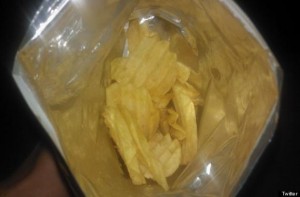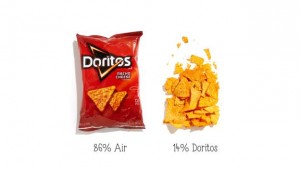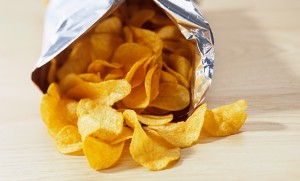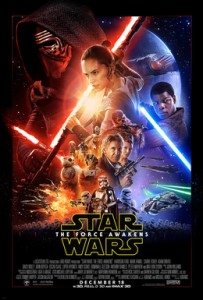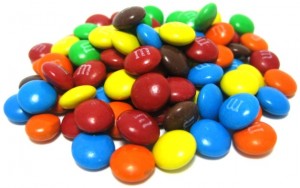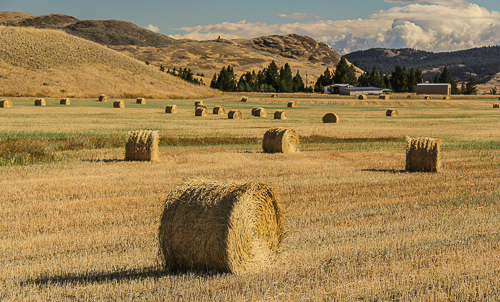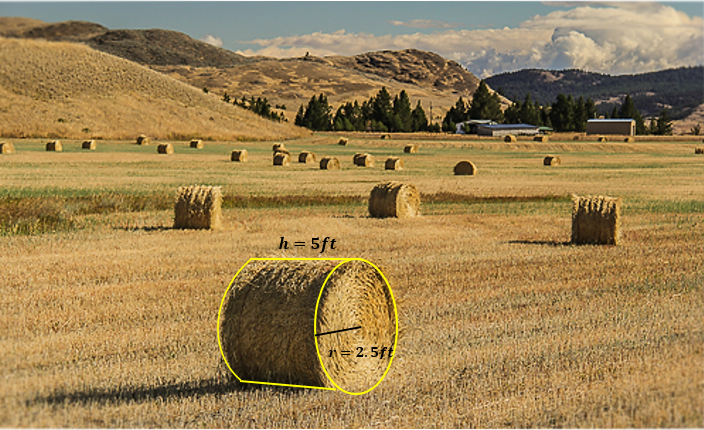With hiking season right around the corner, your friends and you decide to plan a backpacking trip to a lake. During the planning process, you want to figure out how long it will take to hike the trail to your camping destination. By doing some investigative research, you are able to find a map of the trail with descriptions of the various inclines along the trail. Using your mathematical and problem solving skills, find out how long it will take you hike each part of the trail based on the incline and speed of travel to answer the ultimate question of how long it will take your friends and you to reach the camping destination at the end of the trail.
This lesson is geared for students to work in groups in determining the speed of travel along the various slopes of the trail. Students must use their mathematical reasoning and problem solving skills to calculate and solve this problem. Students can use a particular hiking trail of interest or the teacher can assign ones to the class.
This lesson is focusing on the CCSS.Math.6.EE.C.9- Use variables to represent two quantities in a real-world problem that change in relationship to one another; write an equation to express one quantity, thought of as the dependent variable, in terms of the other quantity, thought of as the independent variable. Analyze the relationship between the dependent and independent variables using graphs and tables, and relate these to the equation.



